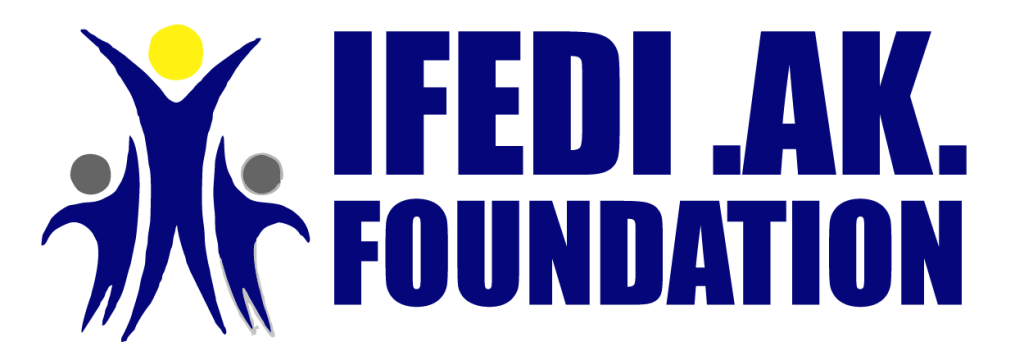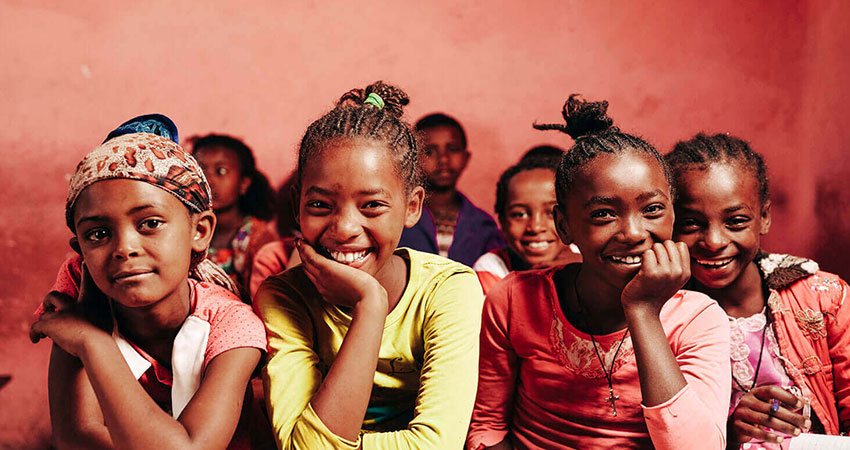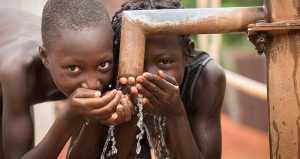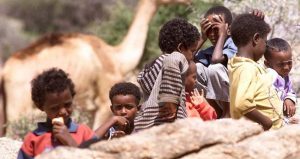Learning assessments have played a key role in highlighting the extent of the learning crisis in Nigeria. The next step to addressing learning is improving assessments to close data gaps that still exist, and responding to evidence from them.
Large-scale learning assessments conducted in Nigeria have been crucial in examining the breadth and depth of the nation’s learning crisis. Results of learning assessments conducted over the last 25 years indicate five things:
- Literacy and numeracy attainments at the basic school level are consistently low.
- Attainment rates have been declining over time.
- Foundational skills acquired at an early age stimulate advanced learning.
- Assessing children early and at various grade levels is critical.
- Any policy, effort, or programme to improve learning outcomes must be informed by context.
Nigeria is facing an enduring learning crisis. Not only is the nation home to the largest number of out-of-school children in the world (UNICEF, 2019), but available evidence suggests that learning levels for children in school are low (Adeniran et al., 2020). Results of learning assessments conducted over the last 25 years indicate two things: literacy and numeracy attainments at the basic school level are consistently low, and attainment rates have been declining over time.
Such learning assessments are a critical measure of learning at different levels of education, as they reveal whether students are attaining minimum benchmarks of learning objectives. There is widespread consensus that the data these assessments produce will be key to addressing the learning crisis (Figlio et al., 2016).
Historically, national assessments of learning achievements in Nigeria have been sparse. However, this has changed over the past two decades, and assessments are increasing in number and diversity. Below, I delineate available assessments at the basic education level, compare their findings, and discuss how well they improve the understanding of the learning crisis in Nigeria.
Learning assessments have played a critical role in highlighting the levels of student learning in Nigeria, and the available learning assessments have highlighted contextual issues about Nigeria’s learning crisis. A few lessons emanate from these assessments:
- Learning levels are generally very low; even at Primary 6, students have not acquired basic foundational numeracy and literacy skills.
- Assessing children early and at various grade levels is critical. While the NALABE and MLA assessments highlight the depth of the learning crisis, their findings were limited because they reported learning levels and progress later in the primary school cycle. Therefore, the point at which students started falling behind was unknown. Assessments such as NEDS and LEARNigeria that track children at different grade levels and ages over time are more useful for tracking children’s learning progress.
- Foundational skills are important for advanced learning. For example, the NEDS and LEARNigeria surveys that tested foundational skills revealed that most students had not acquired expected competencies by the end of primary school. Performance level also dropped significantly as the difficulty of the assessment increased. According to the NEDS, more than 80 percent of Primary 6 children could identify numbers, but less than 50 percent could solve double-digit addition or subtraction, which they ought to have mastered in Primary 2.
- Any policy, effort, or programme to improve learning outcomes must be informed by context. For example, there is a big push in the global education community to focus on improving girls’ education. However, a key finding from Nigeria’s learning assessments is that there are no gender differences in the performance of in-school children. Learning outcomes are similar for girls and boys. This is consistent even when results are disaggregated by gender, pertinently in the north, where gender differences are expected to be stark due to cultural norms. For example, using a composite index of NEDS literacy and numeracy scores, learning outcomes for females nationally are 19 percent compared to 18 percent for males. In the northern region, 12 percent of females compared to 11 percent of males (Adeniran et al., 2020). This finding is consistent with both the MLA and NALABE assessments. This contrasts with learning assessments from adult surveys, such as the Demographic Health Survey, which show a significant gender difference in education. The learning assessments also yield other valuable insights into learning outcomes across key dimensions, such as differences between wealth quintiles, residential areas, and regions.



